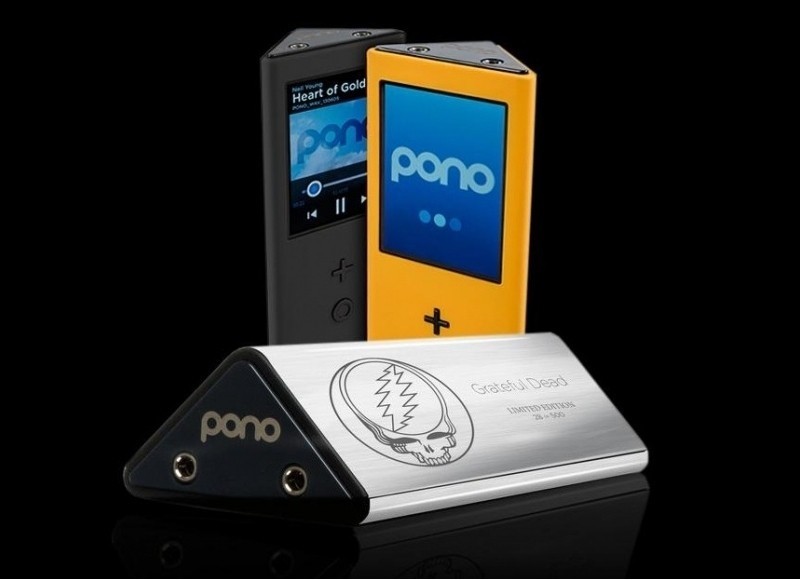You misunderstood me. (my post was under guest for some reason) I didn't say that vinyl has higher dynamic range than cd. I said that vinyl requires higher dynamic range than modern music. Most modern music compresses all the dynamic range out of the signal thus making even a vinyl record with less capability of dynamic range more dynamic than a modern production. I hope that came out right. Onemegahertz shed more light on this.
My objection to this topic overall, is vinyl doesn't sound better than CD. The glorification and the nostalgia being attached to phonograph records as a "high fidelity medium", (IMHO), is nonsensical, counter-intuitive, and unwarranted.
That said, excess compression isn't even new as a concept. It has been used for decades in advertising. Why are the commercials always louder than the TV shows? Because a poop load of compression has been applied. So my point is, your evaluation of the difference between compression in vinyl records and CDs, is sort of misapplied theory. Vinyl is a poor medium, and simply because more compression has been applied to a medium with a dynamic range capable of supporting it, doesn't by extension, make the vinyl medium, "good". Admittedly, there is a lot of semantic interpretation on my part of your post, but it does go to separating the technical side of the topic, from the emotional.
You speak of, "fixing the music". The music, "has been fixed", just not to either of our satisfactions. "Fixing the music" can't occur, until you fix the listeners, consumers, unwitting victims, the tasteless lower casts, call them what you will.
My objection to all of these discussions about source competence is very simple. The technical issues should be settled, and the emotional side of the topic never will be. That said, I still have an abundance of emotional input I'd like to inject.
I also never said that YOU couldn't understand the concepts. I was speaking in general terms about the public. John Homeowner might buy a PONO player because some blue shirt tool tells him a bunch of nonsense about how it's better, when in reality they probably both don't know what they're talking about.
No, that almost a slam dunk. The sub-woofer was conceived as a solution for large cabinet speakers in multichannel audio systems. Bass is non directional, hence you you can place its source wherever you like within the listening field. Since human speech is almost entirely out of the expected range of a sub, correspondingly it can't be expected to transmit any intellectual information.
So, gorillas bang on their chests, elephants trumpet, and both species use those soundings to establish their male authority. So basically, the lower and louder human male "X's" subwoofer is, the more machismo he projects. So, the sub woofer has devolved into a tool for establishing territorial rights, a basic animal behaviour, not really a human behaviour.
I completely agree , that reasoning with today's consumers of pop music, is akin to trying to talk to the azz end of a cow about religious theory
In my opinion Neil Young comes off as a pompous tool that aint going to accomplish much.
Neil Young isn't a particularly good guitar player, and the majority of his songwriting is sub standard. Yes, he has amassed a collection of hits over the course of a few decades. If you shoot that many arrows in the same direction, at least one has to hit the target.
Mr. Young filled a vocal space in "Crosby, Stills, and Nash", and brought a few good songs into the mix. Beyond that, he's largely forgettable. Is, "Southern Man", a good song concept? Yes, it is. Is Neil Young's pseudo tenor ranting delivery of it pleasant to listen to? Not really.
Stephen Stills said, "the only thing we were wrong about during the hip generation, is the recreational drug use". (This was in an interview after his liver transplant). Was Neil Young a compatriot and co-conspirator of Stills? Yes! Did they share many of the same activities? You betcha!

But I suppose that, "tool", sums that up rather more succinctly.
So, is 24 bit 96Khz capable of better music reproduction than 16 bit 44Khz sampling and bit depth, or vinyl records, of course it is.
As both myself and @onemegahertyz have stated, very little in the way of reproduction equipment to either utilize or realize the improvement from improved sources, exists in the homes of today's musical consumers..
Specifications used to be a preoccupation on the part of hi fi equipment shoppers. They'd come into the store with a copy of "Consumer Reports" under their arm, and bust on and on about the "spec of the month". Once harmonic distortion numbers dropped to a point where nobody in their right mind believed a human was capable of hearing it, manufacturers and their ad agencies moved on to the next possible thing you could measure about a piece of equipment's abilities. They finally scraped the bottom of the barrel with "slew rate", and of course, the horrible possible aural consequences of having an audio amplifier with insufficient slew rate.
Audiophiles used to be preoccupied with how well "XXX", collection of components would reproduce the sound of everything from an acoustic piano to a passing steam locomotive. And the answer was, nothing sounds the same as live, you just have to be there.


